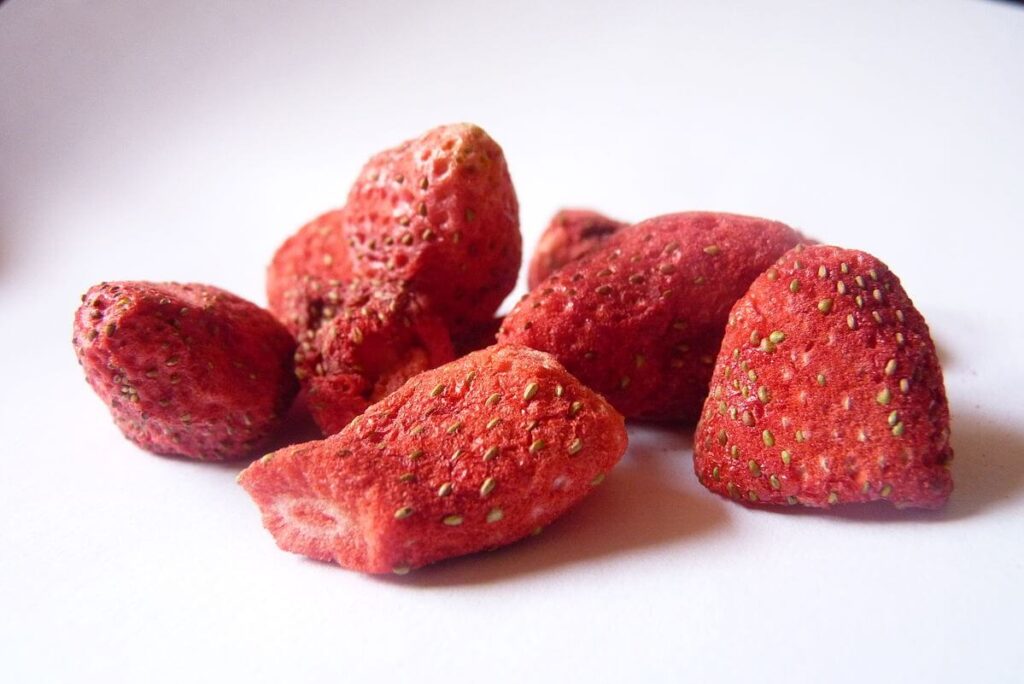Food waste and food insecurity are two pressing issues that have wide-reaching social, economic, and environmental consequences. Our non-profit organization has developed an innovative solution that leverages the power of freeze-drying technology to address both problems simultaneously. In this blog post, we’ll explore the freeze-drying process, its benefits, and how it enables us to distribute nutritious meals to those in need while combating food waste.
The Freeze-Drying Process:
Freeze drying, also known as lyophilization, is a method of preserving food by removing its moisture content. The process involves freezing the food, then placing it in a vacuum chamber where the frozen water is removed through a process called sublimation. This method preserves the nutritional value, color, and flavor of the food, while significantly extending its shelf life.
Benefits of Freeze-Drying:
There are several advantages to using freeze-drying technology in our efforts to combat food waste and food insecurity:
- Extended shelf life: Freeze-dried food can last for years without the need for refrigeration or preservatives, making it ideal for storage and distribution to those in need.
- Nutrient preservation: The freeze-drying process retains most of the original nutrients, ensuring that the food remains healthy and nutritious.
- Reduced transportation costs: As previously mentioned, freeze-drying reduces the volume and weight of the food, allowing for more efficient packing and transportation.
- Waste reduction: By rescuing and freeze-drying excess food, we divert it from landfills, where it would contribute to greenhouse gas emissions.
Tackling Food Insecurity and Waste:
Our non-profit organization rescues surplus food from restaurants, retailers, and other organizations that would otherwise be discarded. We then freeze-dry the salvaged food, transforming it into shelf-stable, nutrient-dense meals that can be distributed to individuals and families facing food insecurity.
Our efforts not only provide immediate relief to those suffering from hunger but also promote emergency readiness by stockpiling nutritious food supplies for future crises. Additionally, by diverting excess food from landfills, we reduce the environmental impact of food waste, contributing to a more sustainable food system.
The power of freeze-drying technology enables our non-profit organization to effectively tackle both food waste and food insecurity, making a tangible difference in the lives of those we serve. By rescuing excess food, preserving it through freeze-drying, and distributing it to those in need, we can create a more sustainable and equitable food system for all.

